When it comes to automotive excellence, German cars set the gold standard. From the razor-sharp curves of a Porsche slicing through mountain passes to the steadfast reliability of a Volkswagen Passat navigating daily commutes, German automakers have built a legacy rooted in innovation, precision, and performance. Buckle up as we take a ride through some fascinating, lesser-known facts about these iconic brands.
1. Porsche Designed the First Volkswagen
 Before Porsche became synonymous with high-performance sports cars, Ferdinand Porsche played a pivotal role in designing the original Volkswagen Beetle. Known as the “people’s car,” the Beetle was created to be affordable, practical, and reliable for German families. Little did Porsche know, this humble design would evolve into one of the best-selling cars in automotive history, symbolizing freedom on roads around the world.
Before Porsche became synonymous with high-performance sports cars, Ferdinand Porsche played a pivotal role in designing the original Volkswagen Beetle. Known as the “people’s car,” the Beetle was created to be affordable, practical, and reliable for German families. Little did Porsche know, this humble design would evolve into one of the best-selling cars in automotive history, symbolizing freedom on roads around the world.
2. The Passat’s Name Is Inspired by the Wind

Volkswagen has a thing for breezy names. The Passat is named after the “trade winds” (Passatwinde in German), following a tradition that includes the Golf (named after the Gulf Stream), Jetta (jet stream), and Scirocco (a hot desert wind from North Africa). It’s as if every Volkswagen carries a whisper of the wind, designed to move with natural grace and efficiency.
3. The Porsche 911 Almost Had a Different Name
 Imagine if the legendary Porsche 911 had been called the Porsche 901. That was the original plan—until Peugeot claimed a trademark on car names with a zero in the middle. Porsche simply swapped the zero for a one, unknowingly creating one of the most iconic model names in automotive history. Sometimes, a small change leads to legendary results.
Imagine if the legendary Porsche 911 had been called the Porsche 901. That was the original plan—until Peugeot claimed a trademark on car names with a zero in the middle. Porsche simply swapped the zero for a one, unknowingly creating one of the most iconic model names in automotive history. Sometimes, a small change leads to legendary results.
4. Audi’s Four Rings Represent a Historic Merger
Audi’s sleek logo of four interlocking rings isn’t just a design choice—it tells a story. Each ring represents one of the four companies that merged in 1932 to form Auto Union: Audi, DKW, Horch, and Wanderer. This union laid the foundation for the innovative spirit that defines Audi today. It’s more than a logo; it’s a symbol of collaboration and engineering evolution.
5. Porsche’s Collaborations with Audi and Mercedes-Benz Sparked Iconic Cars
While Porsche is often celebrated as an independent icon of performance, its history is intertwined with other German automotive giants. In the early 1990s, Porsche and Audi joined forces to create the legendary Audi RS2 Avant. This high-performance wagon wasn’t just an Audi with a bigger engine—it featured Porsche-engineered brakes, wheels, mirrors, and even a modified suspension. The RS2’s bold “PORSCHE” badge on the front grille was a clear signal of the collaboration, and it essentially launched Audi’s now-famous RS performance line.

But Porsche’s partnerships didn’t start—or end—with Audi. In the mid-20th century, Porsche collaborated with Mercedes-Benz, contributing engineering expertise to the development of the Mercedes 500E, a discreet but powerful sports sedan. Built in partnership with Porsche, the 500E was assembled in Porsche’s factory, blending Mercedes luxury with Porsche’s performance DNA.

These collaborations not only pushed technological boundaries but also helped Porsche transition from a niche sports car maker to the global performance brand it is today.
More Than Just Cars

From pioneering electric vehicles over a century ago to setting records on racetracks today, German cars are more than just machines—they’re stories on wheels. Whether you’re behind the wheel of a Porsche or a Passat, you’re part of a legacy fueled by precision, passion, and a relentless drive for excellence.


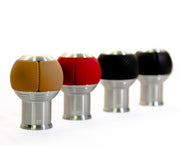
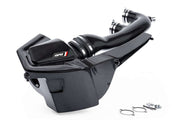
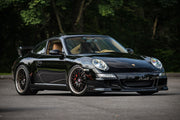
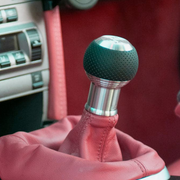
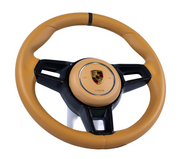
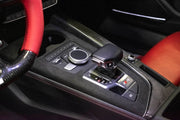
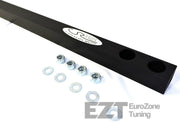
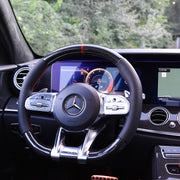
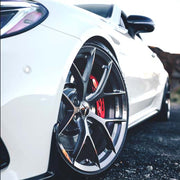
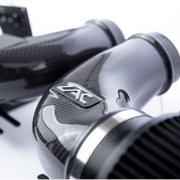
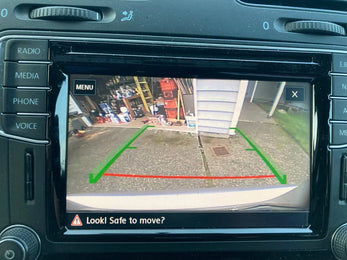
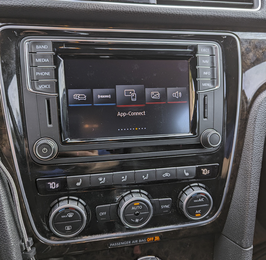
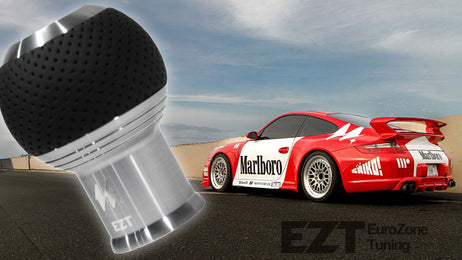
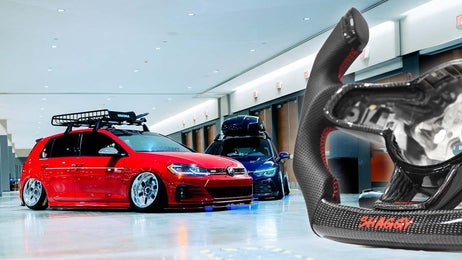


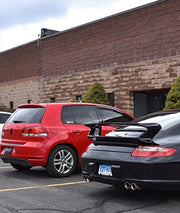
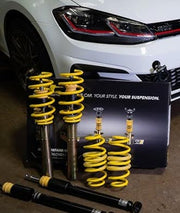
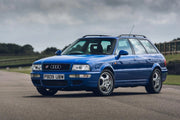

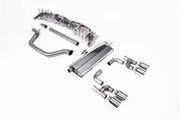
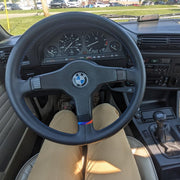

Leave a comment